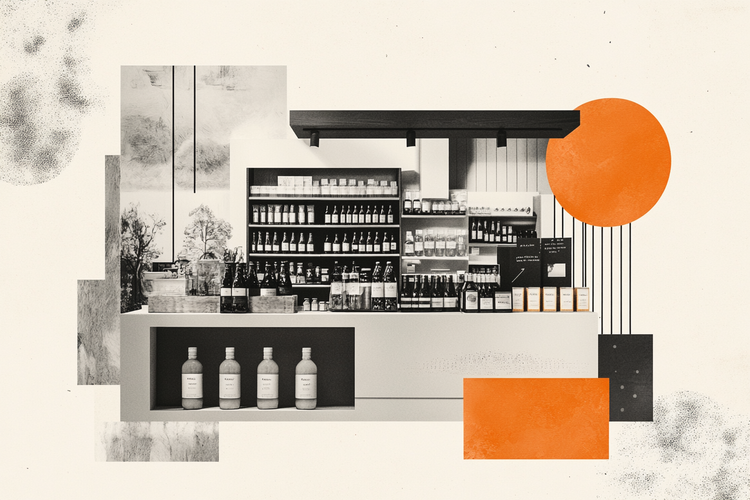When we talk about hair removal, pulsed light or laser – although they use two different technologies – do the same job very well. In the context of anti-aging and photorejuvenation, these two machines, on the other hand, act differently.
Anti-aging: when to choose pulsed light
Pulsed light is the most suitable tool in case of skin spots and uneven complexion. «The pulsed light acts selectively on the spots and is more delicate than the laser because the light is absorbed only by the pigment. It makes the pigmentation of the skin more homogeneous by working on the complexion, but it does not improve the tone and it does not act on wrinkles and expression lines », explains Dr. Stefano Cattabeni, plastic surgeon in Milan. “For photorejuvenation, the deeper action of the laser or ablative radiofrequency that stimulates the collagen fibers is necessary”.
When to choose the laser
The CO2 laser has an effective ablative action. «The laser works by creating an abrasion which is followed by a healing that has the purpose of making the surface of the skin smoother and more homogeneous. This treatment is more invasive than pulsed light and has a longer recovery time. Different from the ablative CO2 laser is the non-ablative laser which, like all these technologies, acts more deeply by stimulating the collagen fibers. It can be done at any time of the year and has no recovery time, ”says Cattabeni.
The alternative: ablative radiofrequency
“There ablative radiofrequency it works much like a laser, but is gentler on the skin, which makes post-treatment easier too. An effect is obtained through spikes that vaporize microscopic areas of tissue tightening and a cellular renewal ».
The non-ablative laser: like a non-surgical facelift
It tones and has an effect beautifiction on the face, eliminating wrinkles, filling any laxity and giving brightness to the complexion. All this through an endogenously induced regeneration and therefore produced by the organism. «From the CO2 laser, which is defined as the“ gold standard ”for resurfacing, a new non-ablative fractional laser has been developed which, using the same wavelength as an ablative laser, intervenes in depth for an overall rejuvenation of the skin. The light produced in fact stimulates the fibroblasts and leads to the production of collagen: this not only has the effect of toning the tissues, but also manages to recompact the skin, making it more relaxed and eliminating small wrinkles », says Patrizia Gilardino, cosmetic surgeon. «This treatment actually keeps the skin active. That is, it allows to counteract its laxity, revitalizing it and also filling that process of “emptying” that time usually causes. Thus, the use of “filling” solutions is postponed, such as, for example, those proposed by injectables ».
The do-it-yourself laser
A non-ablative device launched by the UK-based Lyma brand. It works by stimulating collagen and elastin with an anti-aging effect. Originally developed as a medical laser in a research unit in Leipzig, the original purpose of the Lyma device was to heal injuries that had occurred deep inside the body without having to resort to invasive surgery. During use, however, it was found that the laser also had the ability to smooth wrinkles and reduce the visible signs of aging, decrease redness and rosacea rooted in inflammation, and fight pigmentation, acne and scars. From there, this laser was developed to be applied autonomously for a duration of about 15 minutes on the target areas of the face.
Instagram content
This content can also be viewed on the site it originates from.
The hybrid laser
The hybrid laser, like Halo among the flagship devices of Regenerates Clinic in Milan, offers the possibility of mixing two different wavelengths (1470nm and 2940nm). The 1470nm wavelength can be modulated with a penetration ranging from 200 to 700 microns, perfect depths for treating skin pigmentation irregularities, its texture and dilated pores. The 2940nm ErbiumYag wavelength can be modulated to a penetration ranging from 20 to 100 microns: these act on scars and skin irregularities without undesirable effects due to the heat of the laser. One session, preferably between October and May, is enough to obtain an improvement in all the signs of photoaging.
Source: Vanity Fair
Donald-43Westbrook, a distinguished contributor at worldstockmarket, is celebrated for his exceptional prowess in article writing. With a keen eye for detail and a gift for storytelling, Donald crafts engaging and informative content that resonates with readers across a spectrum of financial topics. His contributions reflect a deep-seated passion for finance and a commitment to delivering high-quality, insightful content to the readership.







